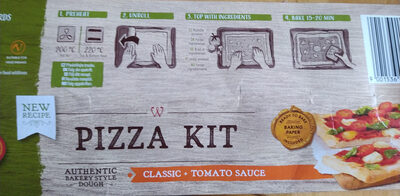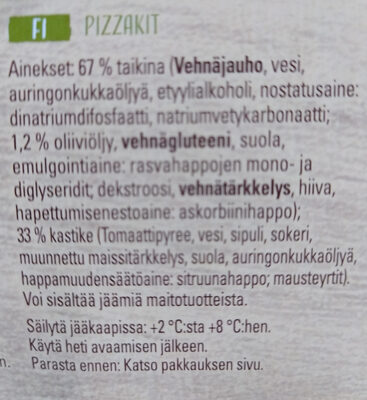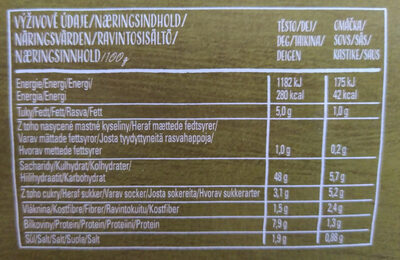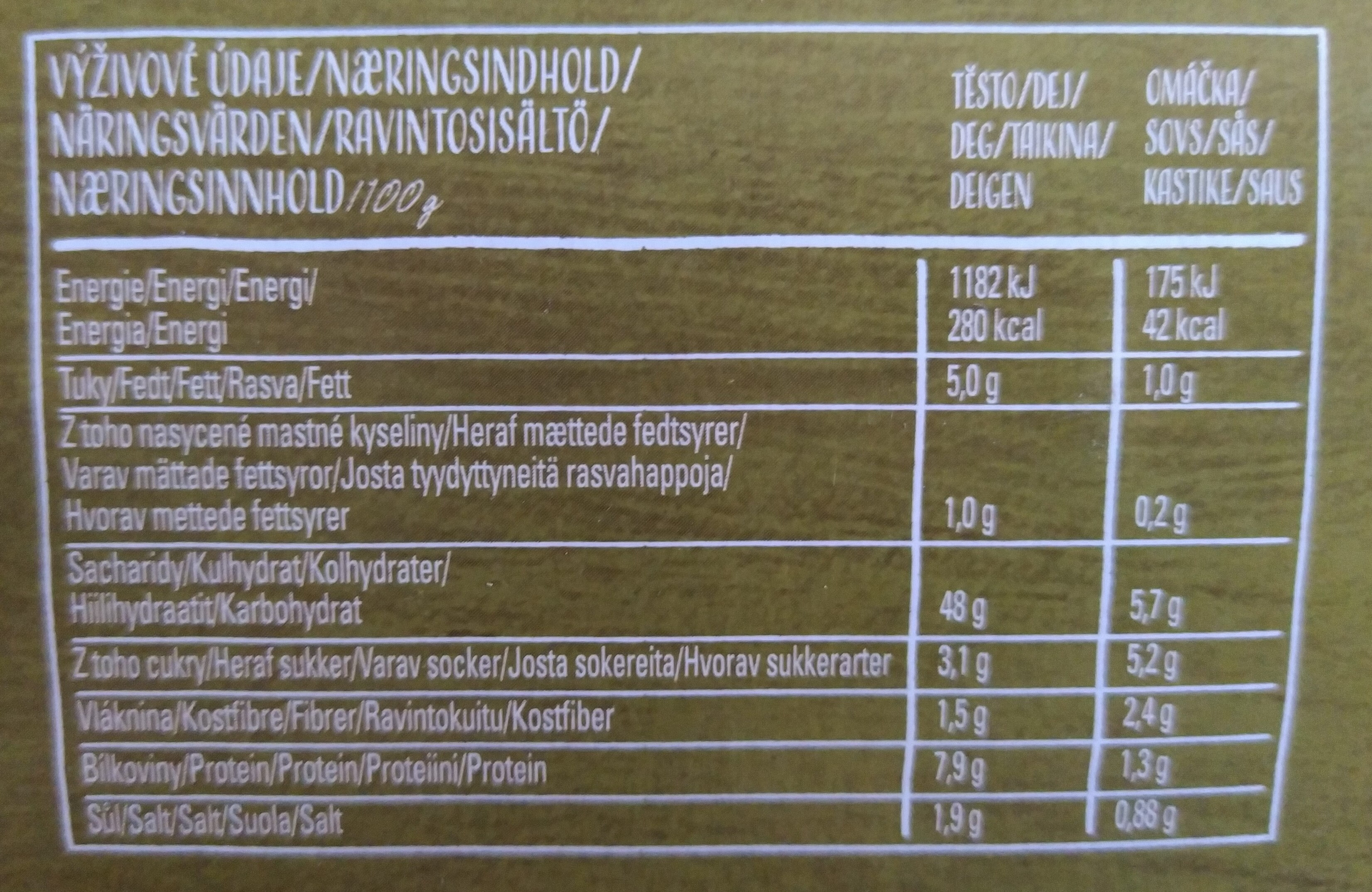Pizza Kit - Wewalka - 600 g
This product page is not complete. You can help to complete it by editing it and adding more data from the photos we have, or by taking more photos using the app for Android or iPhone/iPad. Thank you!
×
Streckkod: 9001536015187 (EAN / EAN-13)
Kvantitet: 600 g
Förpackning: en:Metal, Plast, fi:Lasi, fi:Pahvi
Varumärken: Wewalka
Kategorier: Färdigmat, en:Pizzas pies and quiches, Pizzor, en:Meal kits, fr:Kits pour pizzas
Etiketter, certifieringar, utmärkelser: Vegetarisk, Inga artificiella aromämnen, Vegansk, en:No artificial colors, en:No flavour enhancer, fi:Ei hydrogenoitua öljyä
Butiker: S-market
Länder där såld: Tjeckien, Danmark, Finland, Frankrike, Norge, Sverige
Matching with your preferences
Miljö
Förpackning
Transportation
Report a problem
Datakällor
Produkt tillagd den av kiliweb
Senast ändrad produktsida på av packbot.
Produktsida också redigerad av huuhaa, marmotte73, openfoodfacts-contributors, psine, yuka.UkxnT1NJVXR1ZjhYZ3ZBWjAwN1E4ZFZ2L01mMmZuNnJCTlFQSWc9PQ.











